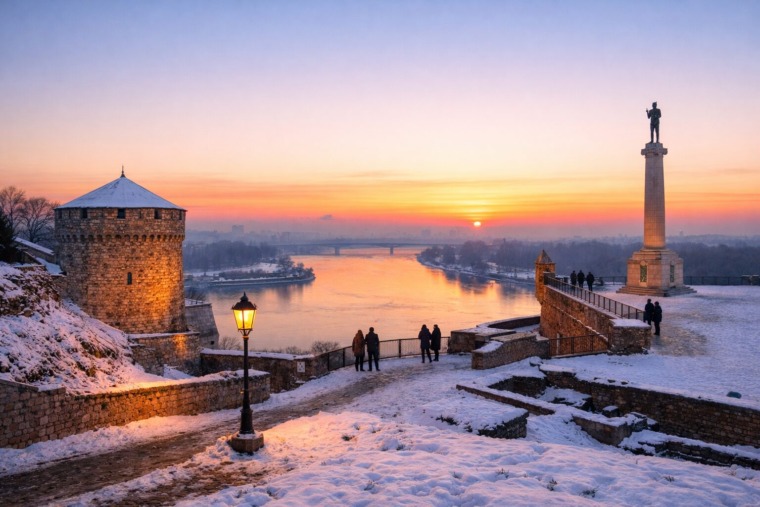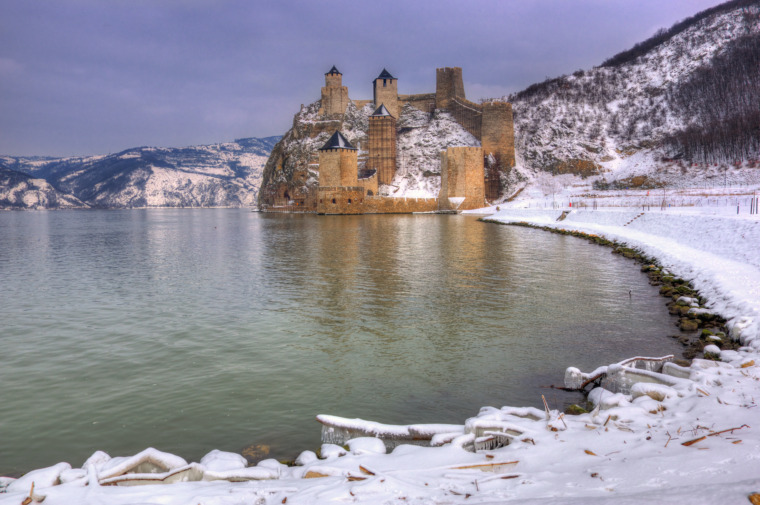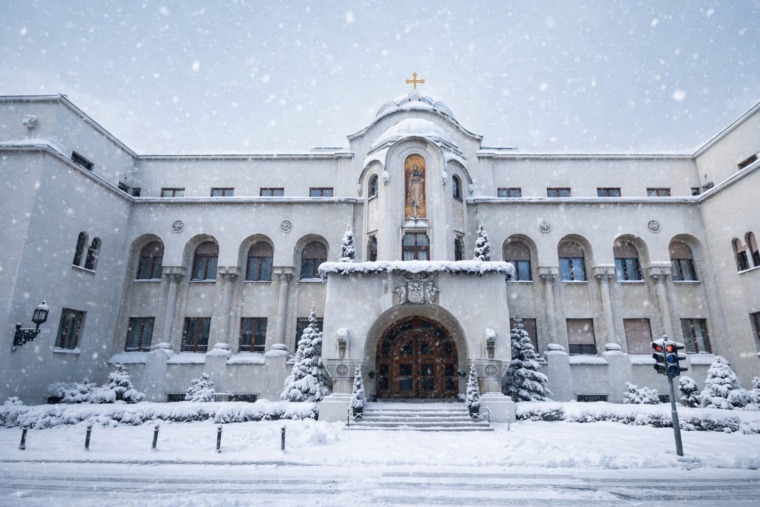
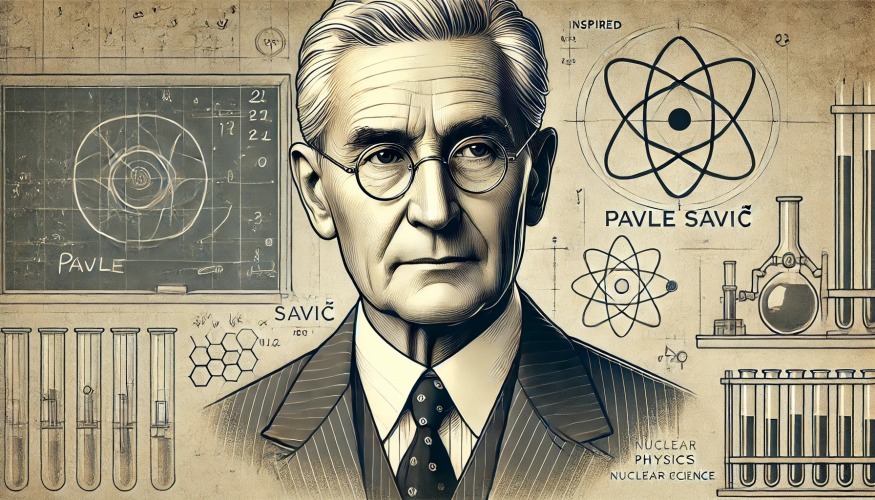
Pavle Savić, a name celebrated in Serbia and respected in the international scientific community, was a nuclear physicist and chemist whose work in nuclear research and radioactivity was instrumental in shaping the course of modern science. Savić’s contributions, particularly his groundbreaking research on nuclear reactions, are a source of national pride in Serbia, and his legacy has left an indelible mark on the field of nuclear physics.
Here’s a closer look at the life and legacy of Pavle Savić—a scientific mind ahead of his time.
Early Life and Education: A Foundation in Science
Pavle Savić was born on January 10, 1909, in Thessaloniki (modern-day Greece). He spent much of his childhood in the Serbian region of Montenegro, where he developed a passion for understanding the natural world. After completing his early education, Savić moved to Belgrade to study physics and chemistry at the University of Belgrade. His academic prowess became evident, and he graduated as one of the top students in his class.
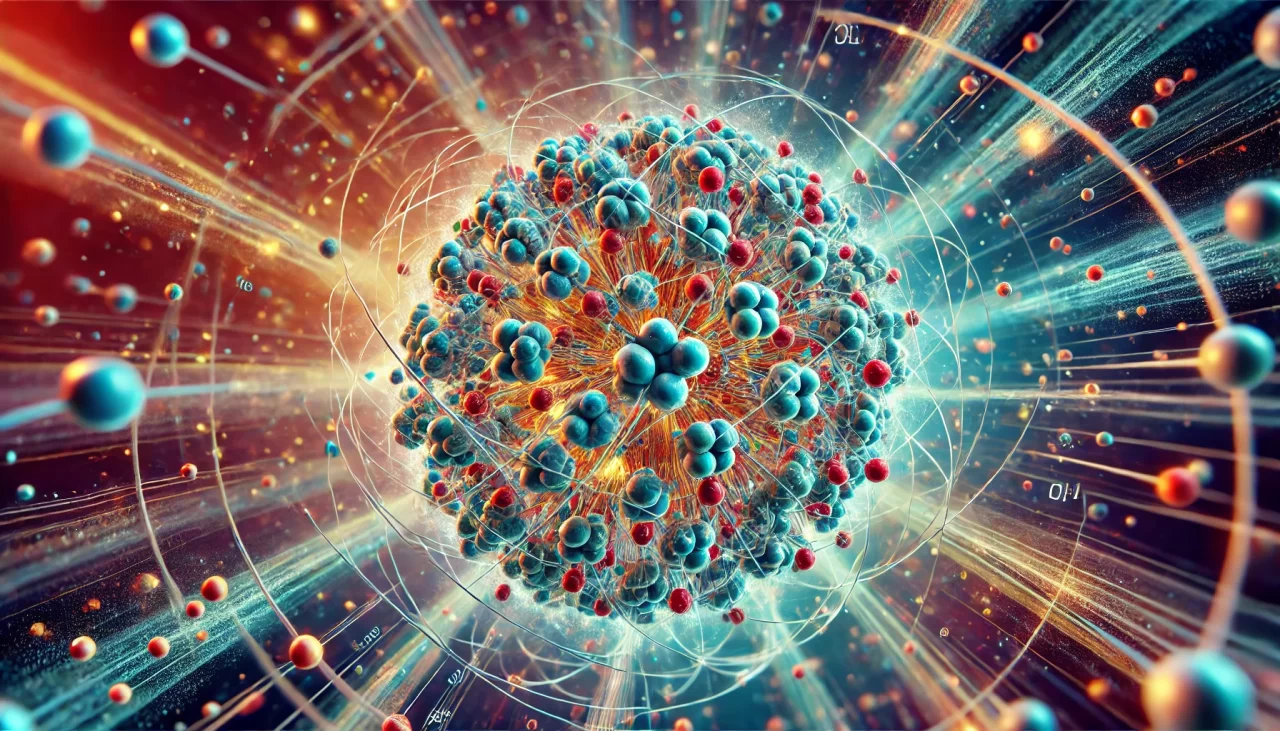
After completing his degree, Savić’s talent in scientific research earned him a position at the Curie Institute in Paris. This prestigious institute, founded by the Nobel-winning scientists Marie Curie and Pierre Curie, was a hub for groundbreaking research in radioactivity and atomic science. Here, Savić would find himself at the forefront of nuclear research, working alongside another Nobel laureate, Irène Joliot-Curie, the daughter of Marie Curie.
Collaboration with Irène Joliot-Curie: A Breakthrough in Nuclear Physics
In the late 1930s, Savić and Joliot-Curie embarked on a series of experiments that would have profound implications for nuclear science. They investigated the behavior of uranium under neutron bombardment, a line of research that ultimately led to the discovery of nuclear fission. Although the actual discovery of nuclear fission is often attributed to German scientists Otto Hahn and Fritz Strassmann, Savić and Joliot-Curie’s research laid the essential groundwork for this breakthrough. They observed that when uranium nuclei were bombarded with neutrons, they split into smaller fragments, releasing enormous amounts of energy.
Though their findings were initially met with skepticism, they spurred further research, culminating in the recognition of nuclear fission. This discovery, in turn, opened the door to both peaceful and military applications of nuclear energy. Savić’s contributions to the experiments on uranium bombardment positioned him as a significant figure in nuclear physics. Today, his work with Joliot-Curie is considered foundational in the development of nuclear science.
World War II and a Return to Serbia
With the outbreak of World War II, Savić returned to Serbia, where he continued his work in scientific research despite the difficult circumstances of war. During this period, he took on a variety of roles in both scientific and academic institutions, becoming instrumental in fostering scientific inquiry in Serbia. His leadership helped to maintain Serbia’s intellectual and scientific community during a time of significant adversity.
After the war, Savić dedicated himself to advancing Serbia’s scientific infrastructure, recognizing the importance of establishing a solid foundation for future researchers. He was deeply committed to education and science in his homeland, becoming a vital figure in the rebuilding of Serbia’s academic and scientific institutions.
The Vinča Institute: Pioneering Nuclear Research in Yugoslavia
One of Savić’s most significant contributions to Serbian and Yugoslav science was his role in founding the Vinča Nuclear Institute near Belgrade. Established in the late 1940s, the institute became a leading center for nuclear research in the Balkans. Savić’s expertise and experience from his time at the Curie Institute helped shape Vinča into a reputable institution, attracting scientists from across Yugoslavia and Europe.
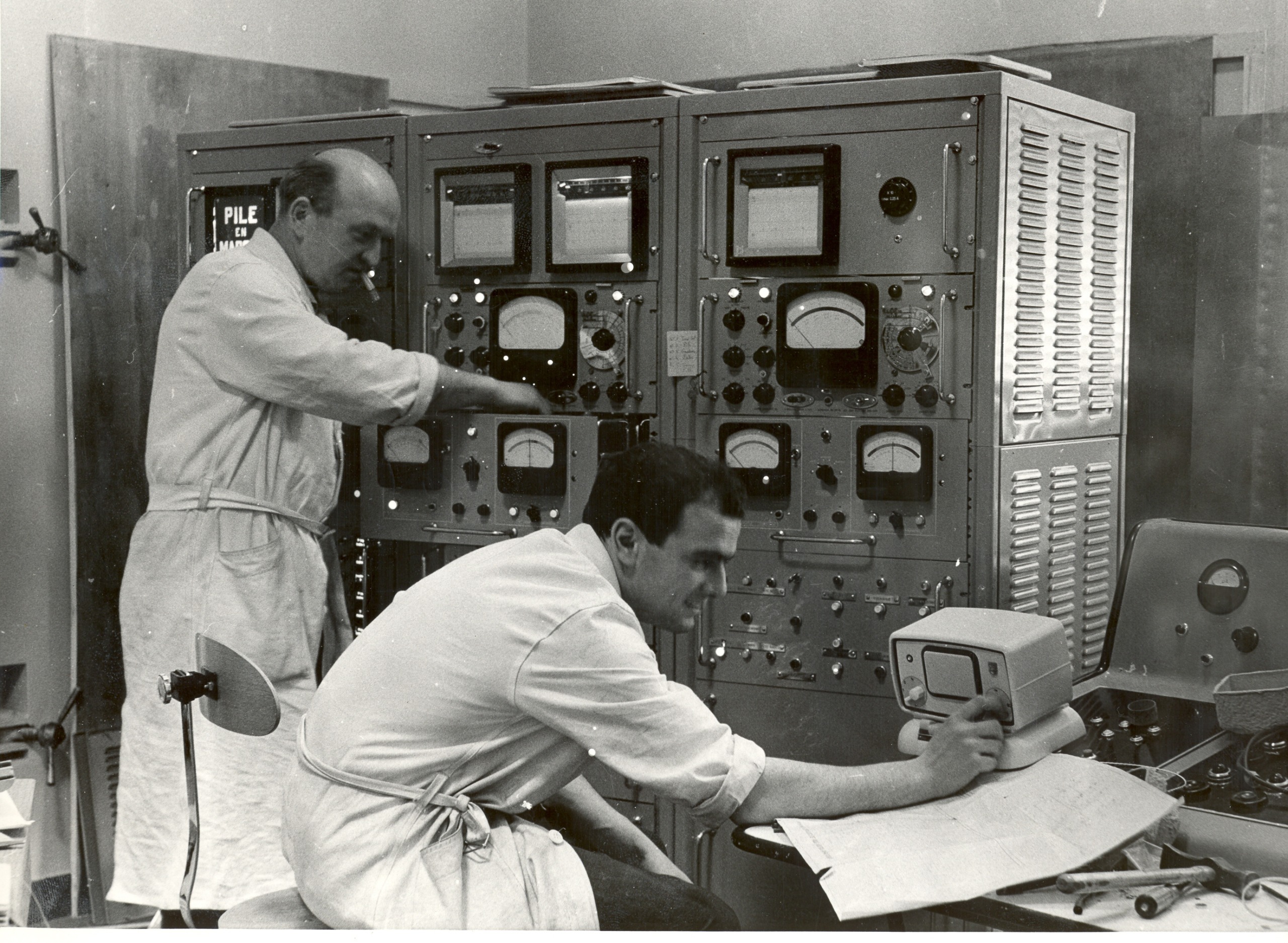
As the director of the Vinča Institute, Savić was a driving force in advancing nuclear research in the region. He encouraged collaborative projects, promoted safety standards, and advocated for peaceful applications of nuclear technology. Under his leadership, the institute conducted groundbreaking studies in nuclear physics, radiochemistry, and materials science, contributing to both Yugoslavia’s scientific advancement and its reputation as a hub for nuclear research.
Scientific Legacy and Influence on Modern Research
Pavle Savić’s work extended beyond nuclear research. Throughout his career, he published numerous scientific papers, contributed to advancements in physics and chemistry, and mentored a new generation of Serbian scientists. His rigorous approach to research and his commitment to intellectual excellence have left a lasting impact on the scientific community in Serbia.
Savić’s influence is also seen in his contributions to education and science policy in Yugoslavia. He held various academic and administrative roles, including as a professor at the University of Belgrade and as a member of the Serbian Academy of Sciences and Arts. His advocacy for investment in scientific infrastructure helped to establish a foundation for future research in Serbia, ensuring that his country could continue to produce leading scientists and researchers.
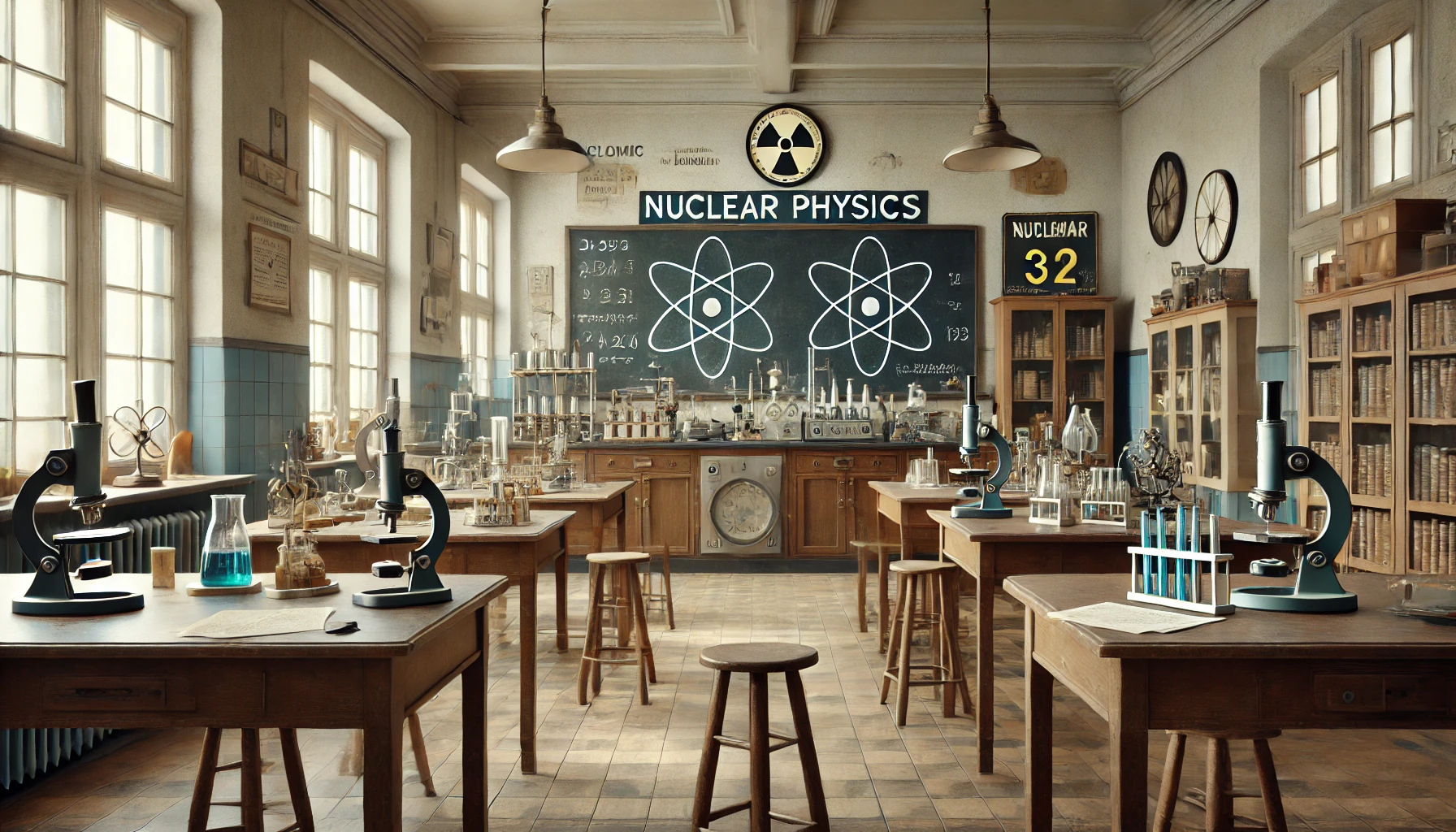
Today, Savić’s legacy continues to inspire Serbian scientists and researchers who view him as a role model and a symbol of scientific excellence. His work is frequently referenced in studies on nuclear physics, and his dedication to his homeland has made him a respected figure in Serbian intellectual history.
A Lasting Legacy of Dedication and Discovery
Pavle Savić’s life and work embody the spirit of scientific curiosity, resilience, and dedication. From his early experiments in Paris to his efforts in building the Vinča Nuclear Institute, Savić’s career reflects his unyielding commitment to knowledge and progress. Though he contributed significantly to a field with world-altering implications, he remained humble and dedicated to advancing his homeland’s scientific standing.
In honoring Savić, Serbia celebrates a scientist who not only advanced nuclear science but also set a high standard for future generations. His legacy is a reminder of the power of scientific discovery to transcend borders, shape industries, and ignite inspiration in those who follow. Pavle Savić was more than a brilliant physicist; he was a visionary who used his talents to build a brighter future for science in Serbia and beyond.
Related Articles


10 Dishes That Must Be on a Serbian New Year’s Table
December 24, 2025
Tourist Holiday Guide to Serbia: Tips, Traditions & What to Expect
December 20, 2025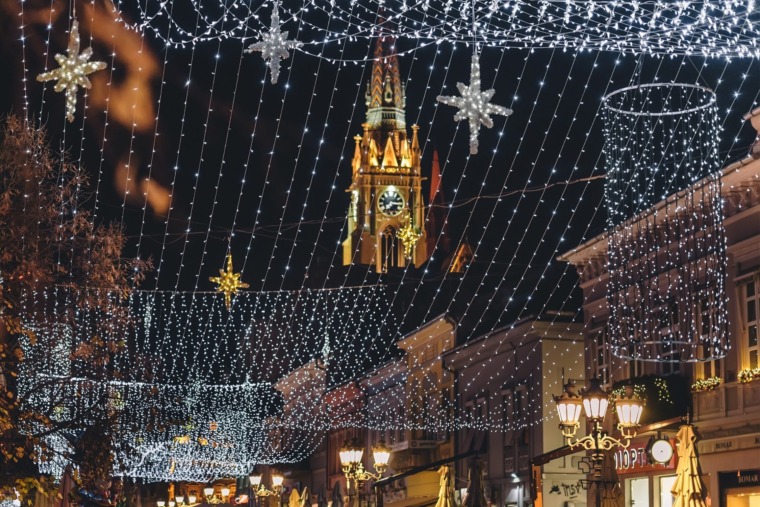
Snow-Free Serbia Travel Ideas for 2026
December 17, 2025


